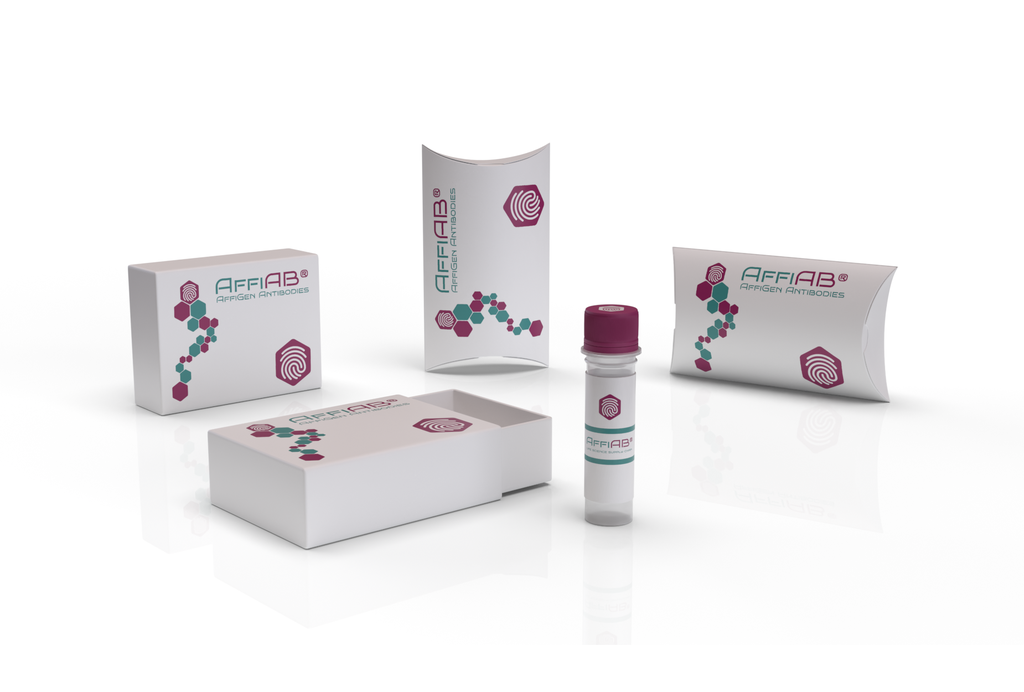AffiAB® Anti-GABRD Antibody
GAD-65 and GAD-67, glutamate decarboxylases, function to catalyze the production of GABA (gamma-aminobutyric acid) . In the central nervous system GABA functions as the main inhibitory transmitter by increasing a Cl- conductance that inhibits neuronal firing. GABA has been shown to activate both ionotropic (GABAA) and metabotropic (GABAB) receptors as well as a third class of receptors called GABAC. Both GABAA and GABAC are ligand-gated ion channels, however, they are structurally and functionally distinct. Members of the GABAA receptor family include GABAA Rα1-6, GABAA R β1-3, GABAA Rγ1-3, GABAA Rδ, GABAA Rε, GABAA Rρ1 and GABAA Rρ2. The GABAB family is composed of GABAB R1α and GABAB R1β. GABA transporters have also been identified and include GABA T-1, GABA T-2 and GABA T-3 (also designated GAT-1, -2, and -3) . The GABA transporters function to terminate GABA action.
Antibody type
Rabbit polyclonal Antibody
Uniprot ID
SwissProt: O14764 Human; SwissProt: P18506 Mouse
Recombinant
NO
Conjugation
Non-conjugated
Host
Rabbit
Isotype
IgG
Clone
N/A
KO/KD
N/A
Species reactivity
Human
Tested applications
WB, FC
Predicted species reactivity
N/A
Immunogen
Synthetic peptide within rat GABRD aa 1-80/449.
Storage
Store at +4°C after thawing. Aliquot store at -20°C. Avoid repeated freeze / thaw cycles.
Form
Liquid
Storage buffer
1*PBS (pH7.4) , 0.2% BSA, 50% Glycerol. Preservative: 0.05% Sodium Azide.
Concentration
1 mg/mL.
Purity
Immunogen affinity purified.
Signal pathway
N/A
Recommended dilutions
WB:1:1, 000-1:3, 000
; FC:1:50-1:100
Molecular Weight
Predicted band size: 51 kDa
Subcellular location
Postsynaptic cell membrane, cell membrane.
Positive control
HT-29 cell lysates, MCF-7.
